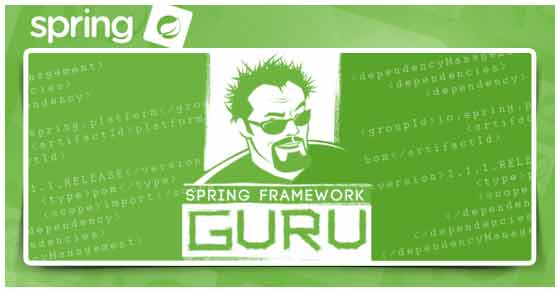Logback Introduction: An Enterprise Logging Framework
Monitoring, diagnosing, and troubleshooting are key activities in any enterprise application lifecycle, and logging is the core part of these activities. Through logging you get to see what the application code is actually doing during these activities at runtime. Using System.out to print messages to the console is simply not sufficient for enterprise applications. Enterprise applications […]Continue reading








